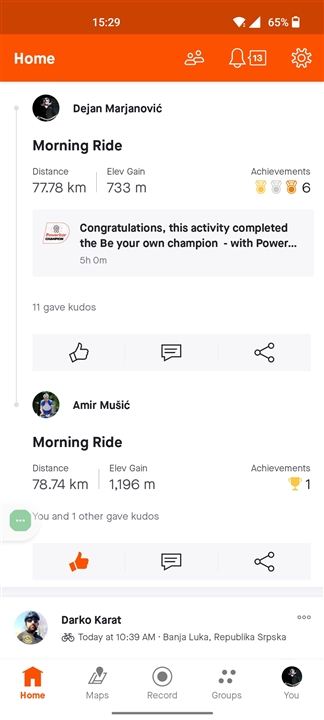
Today I drove with a friend, same route, same length, side by side. In the end of the activity I had an elevation of 773 meters and he had 1140 m.
I use Edge 830 and he has 1030. The difference is too big.
Does any one know what could be the reason?
Any option to calibrate Edge 830?


